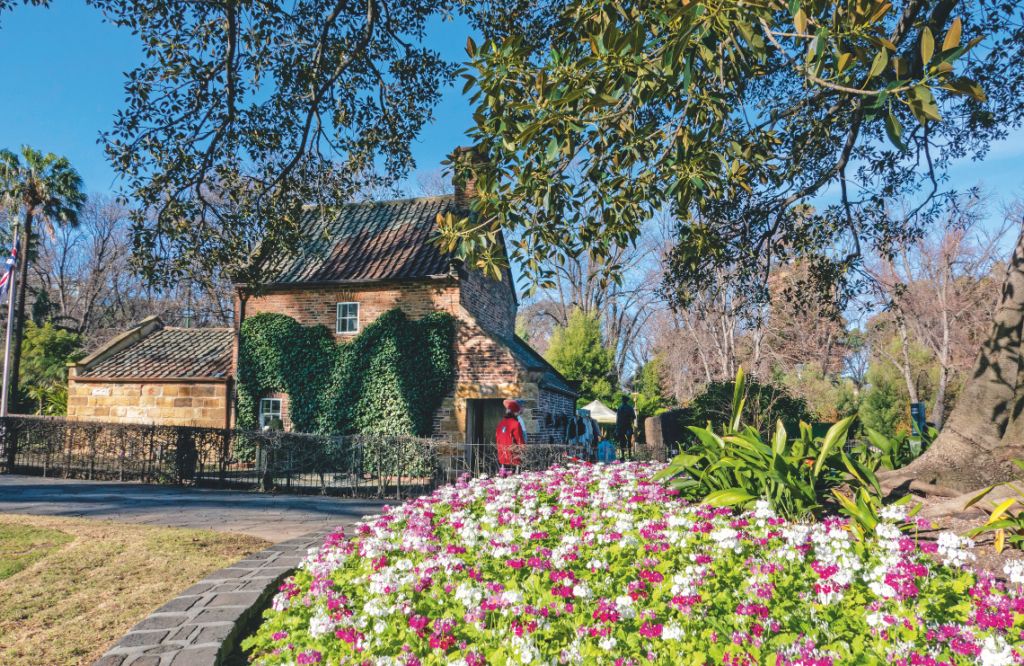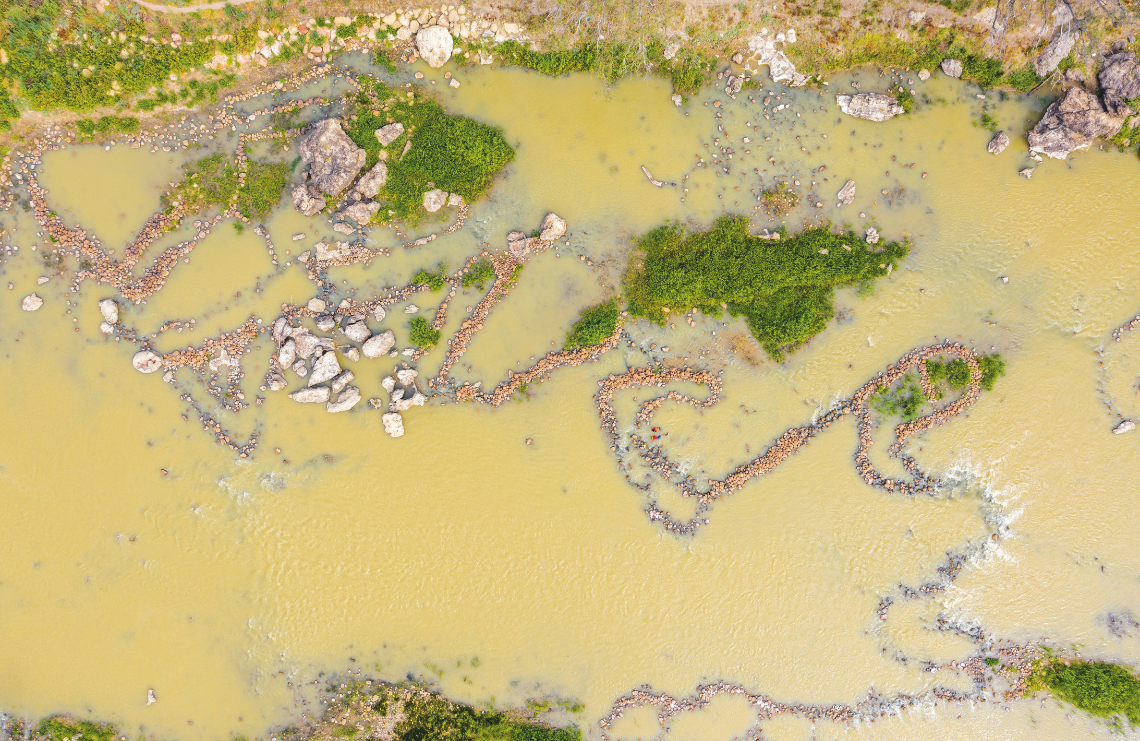Ask those in the know, and there is real concern around material shortages, making scheduling and budgeting difficult. Some are saying it is the worst material shortages in 40 years. If you’ve been building during the past couple of years, no doubt you know what I’m talking about. Without going into the reasons, steel and timber framing, including laminated veneer lumber (LVLs) — two of the most widely used materials — are facing material shortages and long delays, increasing the time on a house build by 30 per cent.
While the current situation is indeed challenging, we must remember that building in this part of the world has always been diffi cult. Perhaps a quick look back at our early builders might help put things into perspective.

While we inhabit one of the most beautiful places on the planet, it is among the harshest and most remote. It is astonishing that native civilisations survived here for so long without any obvious signs of permanent shelter. However, there is mounting evidence that traditional owners did lay down structural foundations that suggest periodic settlements in traditional meeting lands. The stone fish traps in Brewarrina, western NSW, for example, using locally sourced materials, are made up of 12 teardrop-shaped pools along a 500m stretch of river. They show a thorough understanding of dry-wall construction, hydrology and fish ecology. Some argue these stone foundations could be the oldest man-made structures on earth!
As we know, relying on international building supply chains started in 1788, when the First Fleet arrived with Captain Arthur Phillip at the helm. To build a colony, they had two years of food supplies, tents, a few tools, a portable hut for the governor, a small amount of lime and 10,000 bricks (which had been used as ballast in the boats). Phillip did have a few things in his favour though; he could use the lash, and with no councils or review panels to hear neighbours’ complaints, he could build whatever, wherever he bloody well liked.
Substantial buildings were commenced straight away. The British authorities back in England assumed all the timbers needed would be found locally. However, local trees were unlike anything back in the old country. It took months before their problems became apparent. Tree bark as a roofing material was initially considered inferior, and it took several years before bark was adopted as a viable cladding. Most of the tools were in bad condition, as the good ones had been used to barter with the natives off the coast of Guinea. Things were looking grim until brick moulds were found in the bottom of one of the ships.
Fortunes turned when it was discovered that lime could be made from local sea shells. Here is an excerpt from one of Phillip’s early dispatches to head office written on 15 May 1788:
“As there are only 12 convicts who are carpenters, (they) … work on the hospital and storehouses. The people were healthy when they landed, but scurvy has, for some time, appeared amongst them and now rages in a most extraordinary manner. Only 16 carpenters could be hired from the ships, and several of the convict carpenters were sick.” By the time Governor Macquarie arrived on 1 January 1810, Sydney town was established.
It seems that dealing with an unpredictable building environment is nothing new in Australia. Today, builders are bound up in so much legislation, compounded by labour shortages and supply issues, that some are throwing in the towel. But at least we don’t have scurvy to deal with — although the use of the lash would be helpful with some councils.
If there is a lesson here, building in this country works best when we use and appreciate locally sourced materials where possible. Understand that builders, for good reason, are reluctant to be bound by fixed-price contracts when the industry is changing so rapidly, and understand that timeline blow-outs lead to budget pressure. Bark hut, anyone?

